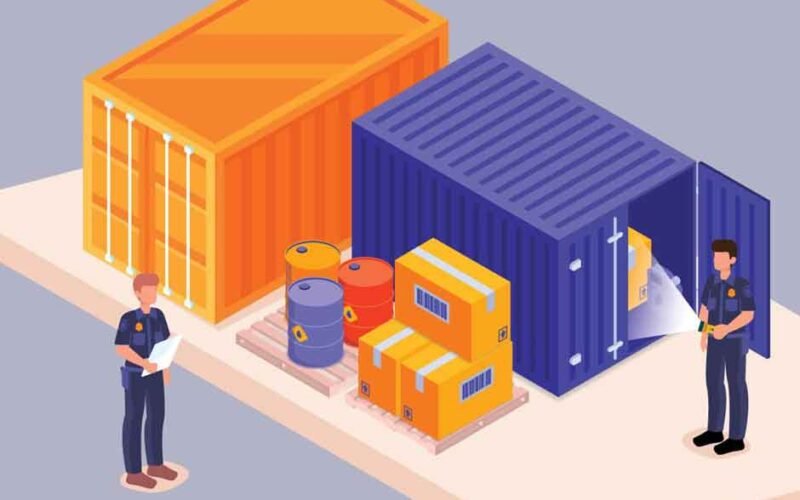Importing goods to the US involves rules and procedures. Two key documents are necessary for a smooth customs clearance: those are the ISF 10+2 (Importer Security Filing) and CBP Form 7501 (Entry Summary). Knowing their components: their purpose, filing requirements, and how they work together will ensure a successful import experience.
Understand ISF 10+2 Requirement

The ISF 10+2 is an electronic Importer Security Filing required by U.S. Customs and Border Protection for all ocean cargo shipments entering the United States. Its goal is national security – providing CBP with advance information about the shipment so they can identify potential threats before the cargo arrives at a US port.
The number “10+2” are the specific data elements required for the filing. The “10” elements include information about the parties to the deal – for example:
- Seller
- Buyer
- Importer of record
- Consignee
- Manufacturer/supplier
- Ship to party
The “2” additional elements are about the shipment itself:
- Country of origin
- Harmonized Tariff Schedule (HTS) number – used for classification and duty purposes.
Benefits of ISF 10+2
Increased security: Advance information enables CBP to identify shipments that are high-risk for further scrutiny.
Streamlined clearance: Good ISF filings can speed clearance of low-risk shipments.
Reduced penalties: Files that are incorrect or incomplete incur delays and penalties. Proper ISF filing prevents such issues.
Legal Requirements and Deadlines for ISF Submission
Importer of record is legally obliged to file the ISF 10+2. Yet many importers work with customs brokers that file the paperwork for them.
Key points to remember when submitting an ISF include:
Deadline
ISF 10+2 must be submitted electronically via an authorized provider not later than 24 hours before cargo is loaded onto the vessel at the foreign port. Missing this deadline may cause delays or penalties.
Accuracy
Information in the ISF 10+2 must be true and consistent with other shipping documents. Inconsistencies could lead to additional scrutiny by CBP and possibly shipment hold orders.
Updates
All changes to shipment details after the first filing must be communicated to CBP through an amended ISF.
Consequences of Non-Compliance
Not meeting ISF filing requirements can result in:
- Delays in shipment clearance
- Fines and penalties
- CBP will be more vigilant on future shipments
What is CBP Form 7501?
While the ISF 10+2 addresses security issues, CBP Form 7501, the Entry Summary, is for another purpose. It’s an electronic declaration filed with CBP to formally declare the imported goods. This form informs CBP of duties, taxes and admissibility of the imported merchandise.
Key information on CBP Form 7501 include:
- Value of the goods
- HS No. (for classification and determination of duty rates)
- Duty rate
- Country of origin
- Quantities imported goods.
- Applicable taxes
Who Files CBP Form 7501?
As with the ISF 10+2, the burden of filing CBP Form 7501 typically rests with the importer of record. But often customs brokers handle this as well.







